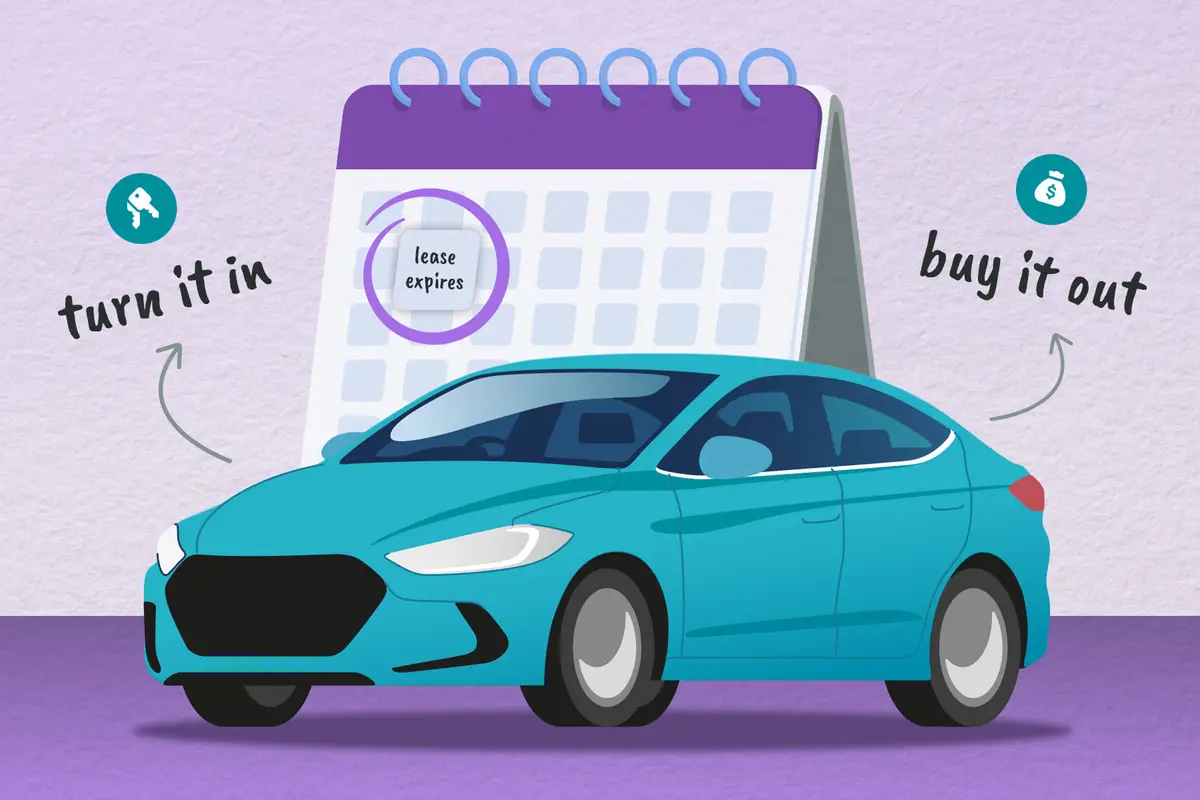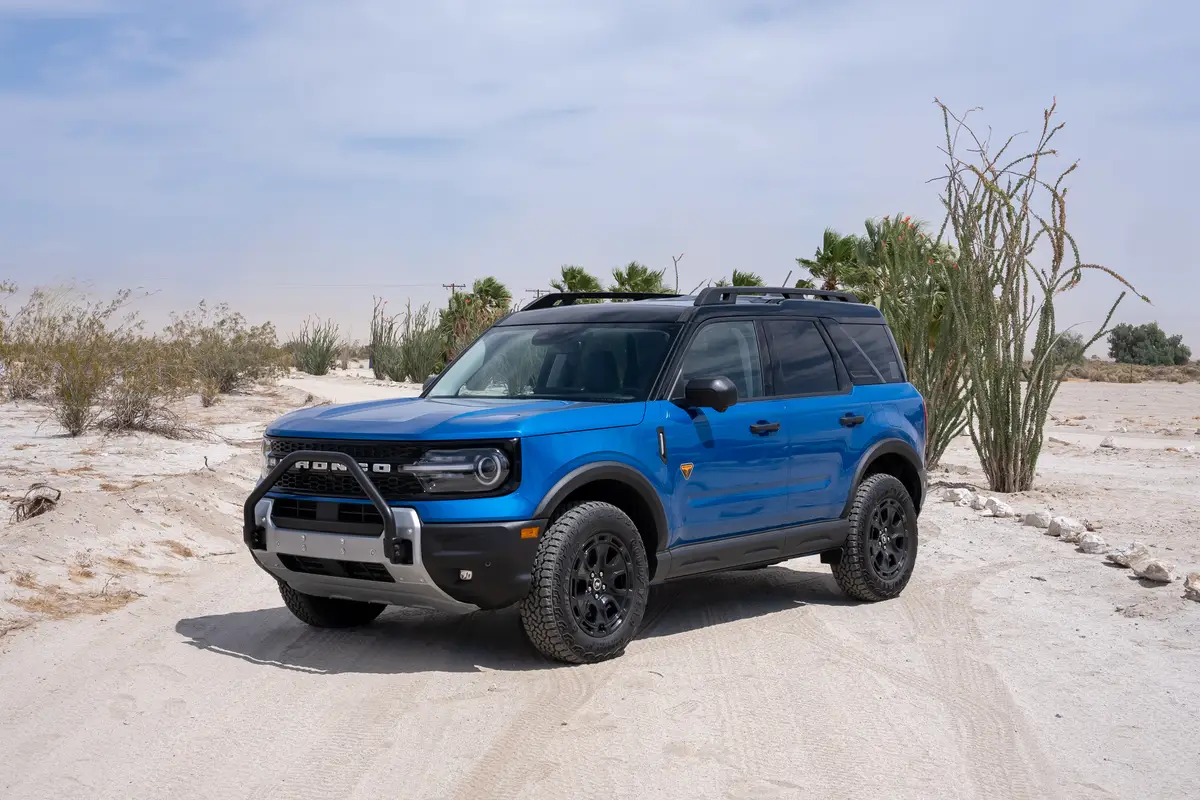Song of Ice and Tire: Does Snow Buildup Cool Car Performance?


CARS.COM — Hit the road after a snowfall and it won’t take long for your car’s underbody to look like Han Solo’s tauntaun. Depending on where you live, it could take weeks for Hoth ice-planetlike temperatures to thaw enough to dislodge the snow and ice on its own. And removal by boot, brush or carwash brings temporary relief at best.
Related: Video: 5 Things to Remove From Your Ride During a Deep Freeze
But drivers may wonder if snow and ice buildup threatens safety, gas mileage and vehicle longevity. How important is it to keep the underside of your car — and elsewhere, for that matter — clear? Here’s what you need to know.
Moderate Buildup Is Snow Big Deal
Drive on packed snow, and it will cake up in your wheel wells in short order. The good news? Moderate accumulation down there — or elsewhere on the underbody — is relatively benign. Jessica Pawl, a spokeswoman for Honda, said it’s OK to drive with some buildup, as the automaker’s testing confirms “targeted performance and reliability in the most extreme ice buildup conditions.”
Toyota echoed the sentiment. “Regarding snow and ice accumulation in wheel wells or fender liners, Toyota does extensive cold-weather testing in a range of simulated and real environments to ensure the vehicle can be operated safely with buildup, and that buildup will not cause any damage to the vehicle,” the automaker’s Michigan-based research and development team said in an emailed statement to Cars.com.
Fiat Chrysler Automobiles spokeswoman Kelley Enright said the automaker recommends customers clean the snow off the wheels. But, she added, FCA’s vehicles “are designed to handle the weight of large buildups of snow.”
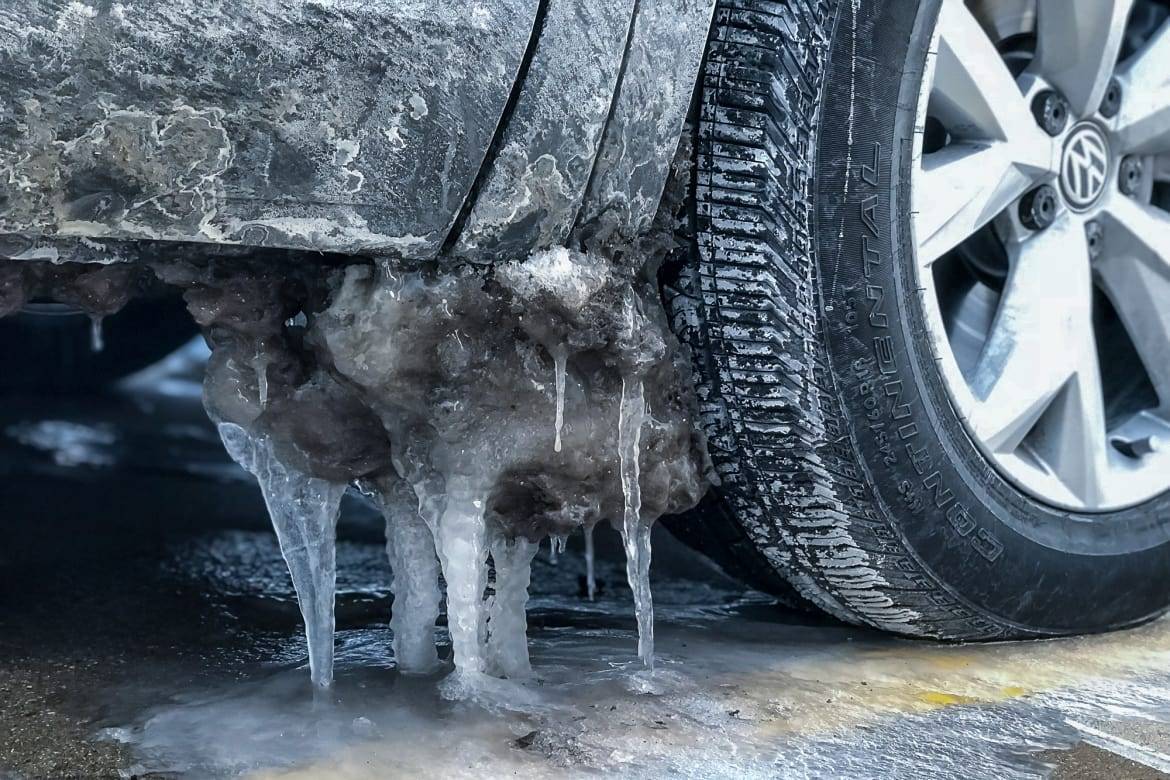
Mind the Wheels
Buildup within the wheels themselves is another matter. Deep snow can build up between the spokes in alloy wheels, which all but the cheapest cars now employ. That, in turn, can create weight imbalances between the driver- and passenger-side wheels.
“If you’re driving in snow that’s more than 6 to 8 inches deep, it can kind of work its way around into the wheels,” said Larry Mihalko, global vehicle performance engineer for the Chevrolet Equinox. “You can actually feel that as a wheel shake, as [a] wheel imbalance effect when you drive on the highway.”
Remove it regularly, but do so carefully. Automakers and service shops balance your wheels with tiny weights, which range from a few grams to a few ounces and either clip to the outside of the rim or stick with adhesive to the inside. Overzealous efforts to clear snow can knock the latter type off.
“You can use the brush that you use [to clean other areas] to clean the wheels,” Mihalko said. Work “carefully, though, because you don’t want to knock the weights off. … If you get too aggressive, you can trade one imbalance caused by snow to another imbalance.”
Wash Early, Wash Often
In cities that aggressively de-ice the roads, the corrosive effects on cars are well-known, whether it’s from salt or liquid de-icing chemicals. Last year, AAA warned the chemicals can damage cars even more because they remain in liquid form longer. Indeed, the organization found that over the previous five years, some 22 million drivers had paid $500 on average to fix rust problems caused by de-icing from salt or chemicals. That’s about as much as drivers paid to fix damage from potholes.
Think kicking off the buildup solves the problem? Think again.
From a corrosion perspective, snow and salt buildup on the underside is “definitely worse than not having anything on there,” Mihalko said. But “in terms of leaving it on there, whether there’s a lot on there or a little on there, the bottom line is, you’ve kind of got a saltwater coating on the surfaces. So kicking the stuff off, I don’t know that it makes that much of a difference.”
AAA’s solution? Get a carwash that cleans the underside frequently in the winter, and consider a wash and wax before the snow comes through.
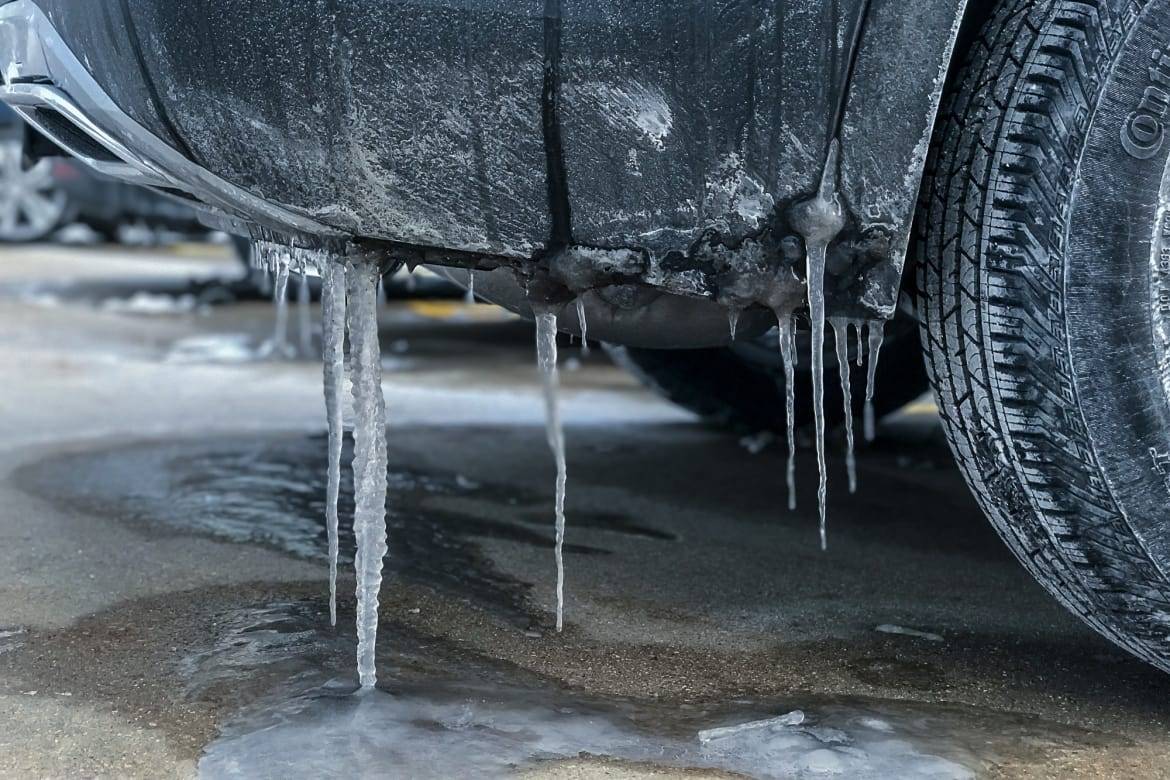
Snow on Sensors
Snow on the underside of the car isn’t likely to have much of an effect on gas mileage or safety, but snow elsewhere can diminish both. From a safety standpoint, it doesn’t just block visibility: You might think your car is good to go once you’ve cleared its glass, but most late-model cars have backup cameras, and a large number feature adaptive cruise control, automatic braking, parking sensors and lane departure or blind spot warning systems.
All that equipment can get blocked by snow, Mihalko warned.
Familiarize yourself with your car’s sensors. Backup cameras are typically on the trunk, liftgate or tailgate. Ultrasonic proximity sensors usually mount on the rear and, in some cases, front bumpers. Radar and cameras can sit in the grille, behind the top of the windshield or in both areas. Your owner’s manual should show the locations for all sensors — it’s important they’re clear of snow.
Winter Can Be a Real Drag
Aerodynamics matter, too. Changes to the vehicle’s shape “can have a pretty pronounced effect on the aerodynamic drag, so if you have snow and ice hanging off various surfaces and so on, it’s not good,” Mihalko said. The effect is minimal for snow in the wheel wells or underbody, he added, but snow atop the hood or roof can take a “measurable” toll on mileage.
Indeed, GM studied the effect of automotive holiday decorations last December to find window-mounted reindeer antlers and a Rudolph nose on the grille cut highway mileage by about 1 mpg. A full Christmas tree atop the car nearly doubled its aerodynamic drag.
Most trees are bulkier than snow, but the white stuff can still cost you some green.
“It doesn’t take much imagination that snow and ice buildup on the hood and particularly on the roof of the car, especially between the roof rack, is probably not going to be helpful to your fuel economy,” Mihalko said.
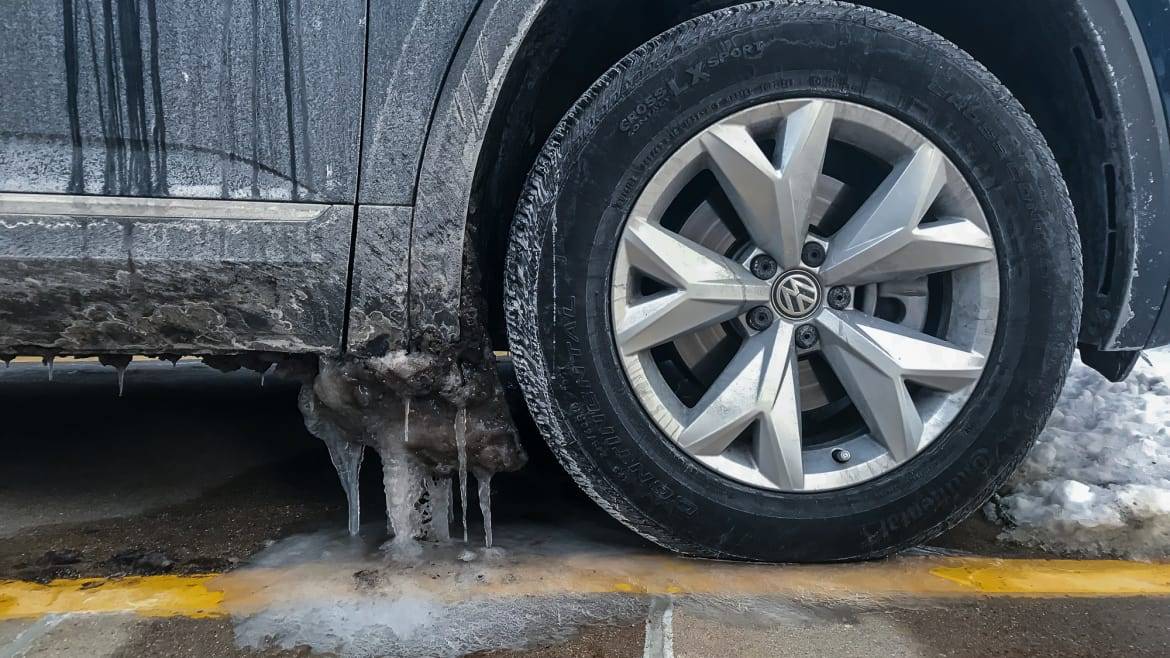
Cars.com’s Editorial department is your source for automotive news and reviews. In line with Cars.com’s long-standing ethics policy, editors and reviewers don’t accept gifts or free trips from automakers. The Editorial department is independent of Cars.com’s advertising, sales and sponsored content departments.

Former Assistant Managing Editor-News Kelsey Mays likes quality, reliability, safety and practicality. But he also likes a fair price.
Featured stories

